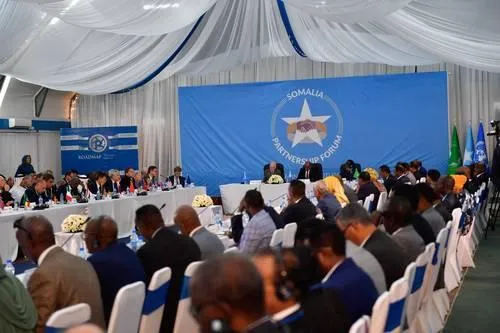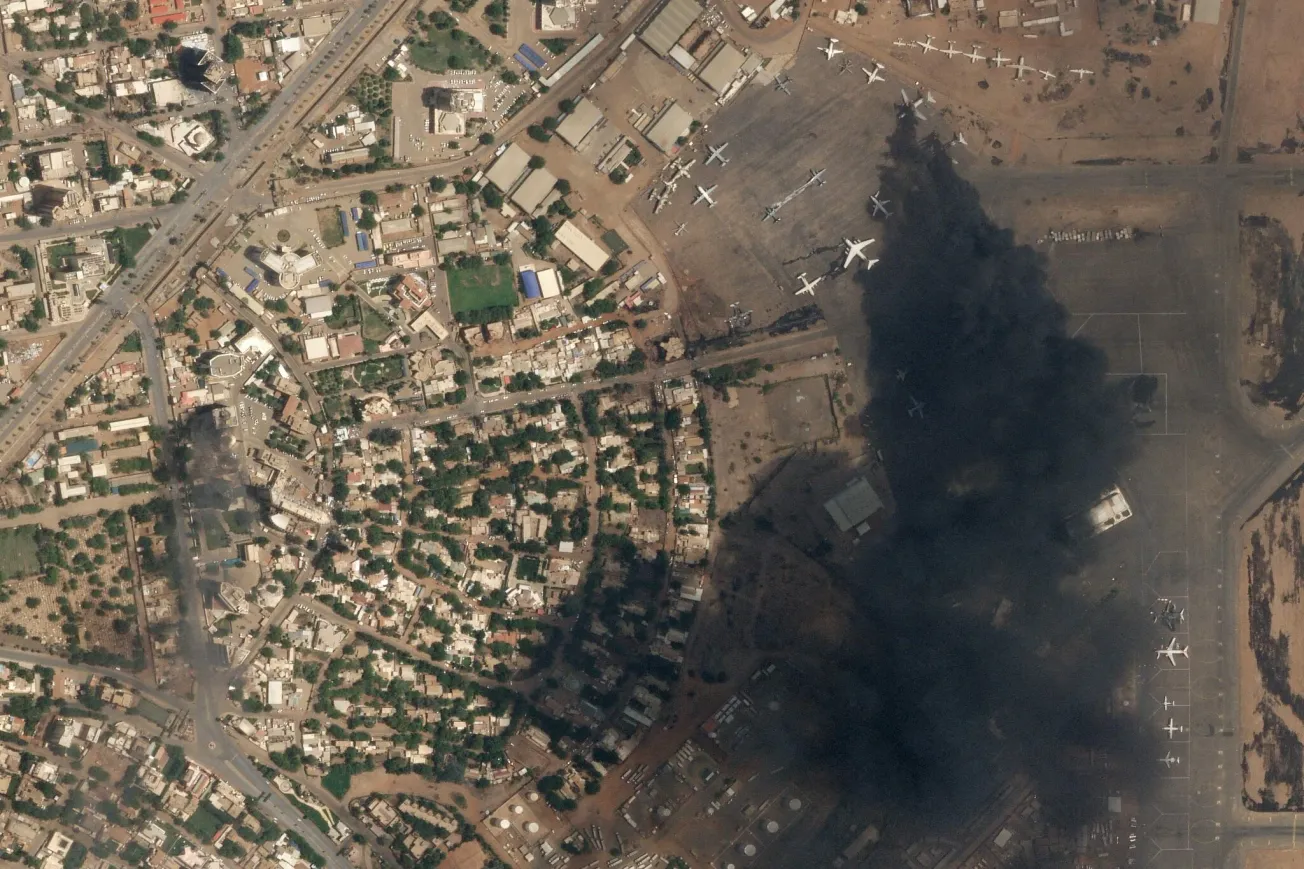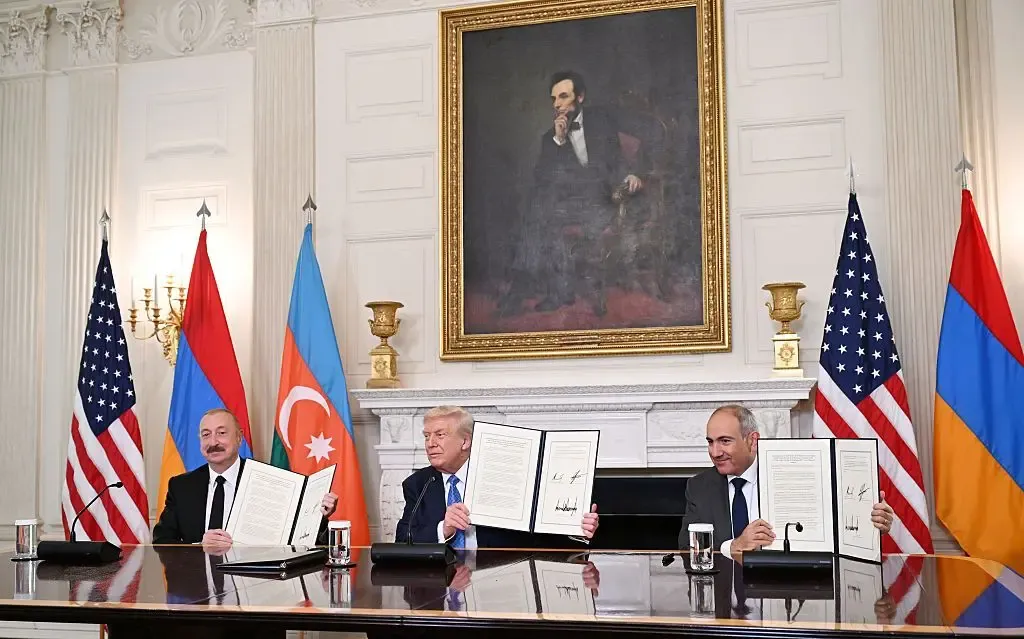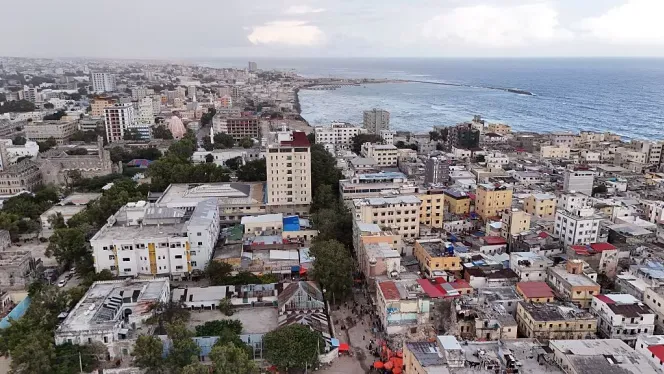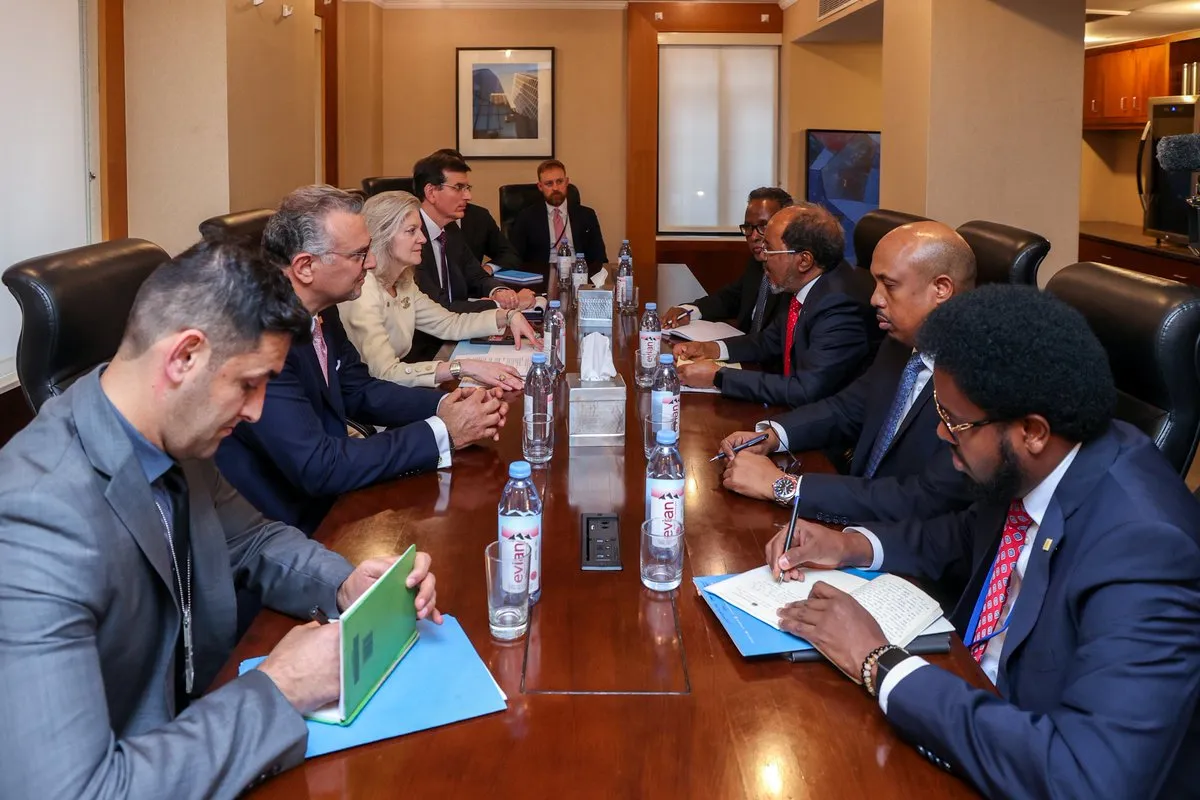Table of Contents
For more than a decade, the C6+ group of international partners, including the United Nations, African Union, European Union, the United States, the United Kingdom, and IGAD, has served as the main platform for coordinating external engagement in Somalia. Originally created in 2010 to stabilize a collapsing state and steer it toward federalism and democracy, it has since become both a diplomatic channel and a form of guardianship. However, on June 10, 2025, the Somali government formally requested that the group be retired. The model, it said, is no longer fit for purpose.
In a letter to the group’s members, Somalia’s federal government argued that its institutions had outgrown this donor-led framework. It described the current arrangement as outdated, rooted in assumptions of dependency that no longer reflect the country’s capabilities. The new message from Mogadishu is clear: Somalia wants to be treated as a partner, not a project.
That message coincides with a marked shift in Washington’s global posture. Since the new administration took office in January, American foreign engagement has become more selective, transactional, and narrowly focused on strategic returns. Multilateralism, once central to US diplomacy in fragile states, has taken a backseat to bilateral compacts aligned with American priorities, be they maritime security, digital infrastructure, or counterterrorism.
In this context, Somalia’s call to dissolve C6+ is well-timed and may align with the current administration’s priorities. Washington’s appetite for shaping Somalia through consensus-driven forums has waned. The focus now is on making deals that are leaner, faster, and easier to manage. Traditional platforms that require coordination with multiple actors, mainly European or African institutions, are increasingly seen as slow-moving and politically diluted.
That shift is visible in both rhetoric and budgets. While some humanitarian programs have been maintained, broader US engagement in institution-building has slowed. American diplomats now prefer locally-led, targeted interventions with clear metrics and short timelines. Large-scale, open-ended support for state-building, primarily through multilateral intermediaries, has become politically untenable.
Somalia’s argument for change is also one of image. The federal government wants to shed the perception that it is governed by international consensus. It sees the donor bloc as a brake on sovereign policy-making, a filter through which legitimacy must pass before decisions are accepted or funded. In its view, this structure no longer reflects the realities of a country that aims to conduct national elections, manage public finances, and deploy forces in combat.
Moving to bilateral relations offers Somalia greater control over both narrative and substance. Direct agreements with individual countries could allow for more tailored support and clearer lines of accountability. They also reduce the risk of collective donor paralysis—a frequent problem when multiple actors must agree on a course of action before anything moves forward.
But the benefits come with trade-offs. The C6+ provides weight and unity that a patchwork of bilateral deals cannot. Donor harmonization, while sometimes frustrating, ensured that assistance was aligned with broad strategic goals and did not fragment. Replacing that with separate and potentially competing arrangements raises the risk of duplication or policy incoherence.
There is also the matter of leverage. Somalia may become more vulnerable to the political whims of individual donors. What one country frames as reform, another may see as interference. Where one sees progress, another may detect backsliding. Managing those contradictions will require more sophisticated diplomacy than the Somali federal government has previously been asked to deliver.
For Washington, in particular, bilateralism is the emerging norm. American policymakers in the current administration prefer formats that allow them to negotiate terms aligned with domestic political narratives and fiscal constraints. Broad platforms like C6+ may be viewed as inefficient and unresponsive to shifting American interests.
Still, there is no guarantee that bilateral engagement will deliver better outcomes. Without a coordinating mechanism, funding appeals could fall short, and efforts can become disjointed or contradictory. Somalia’s capacity to negotiate, implement, and monitor complex agreements could become uneven. Replacing a slow, multilateral structure with a fragmented bilateral one could simply change the source of dysfunction and political interference rather than eliminate it.
Yet for now, the momentum is behind change. The US, for example, has shown little inclination to defend the C6+ model. Other partners may be more reluctant, especially those who value collective oversight and African-led diplomacy. However, the underlying logic of Somalia’s request that external committees should not perpetually manage a country resonates more today than it would have five years ago.
What Somalia gains from this pivot will depend not just on symbolism but on performance. If the federal government can demonstrate competence and coherence in managing donor relations, it may succeed in shaping a new mode of engagement. If it stumbles, international partners may simply revert to old habits, with or without a formal group.


